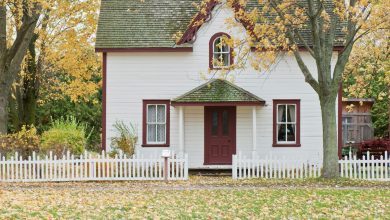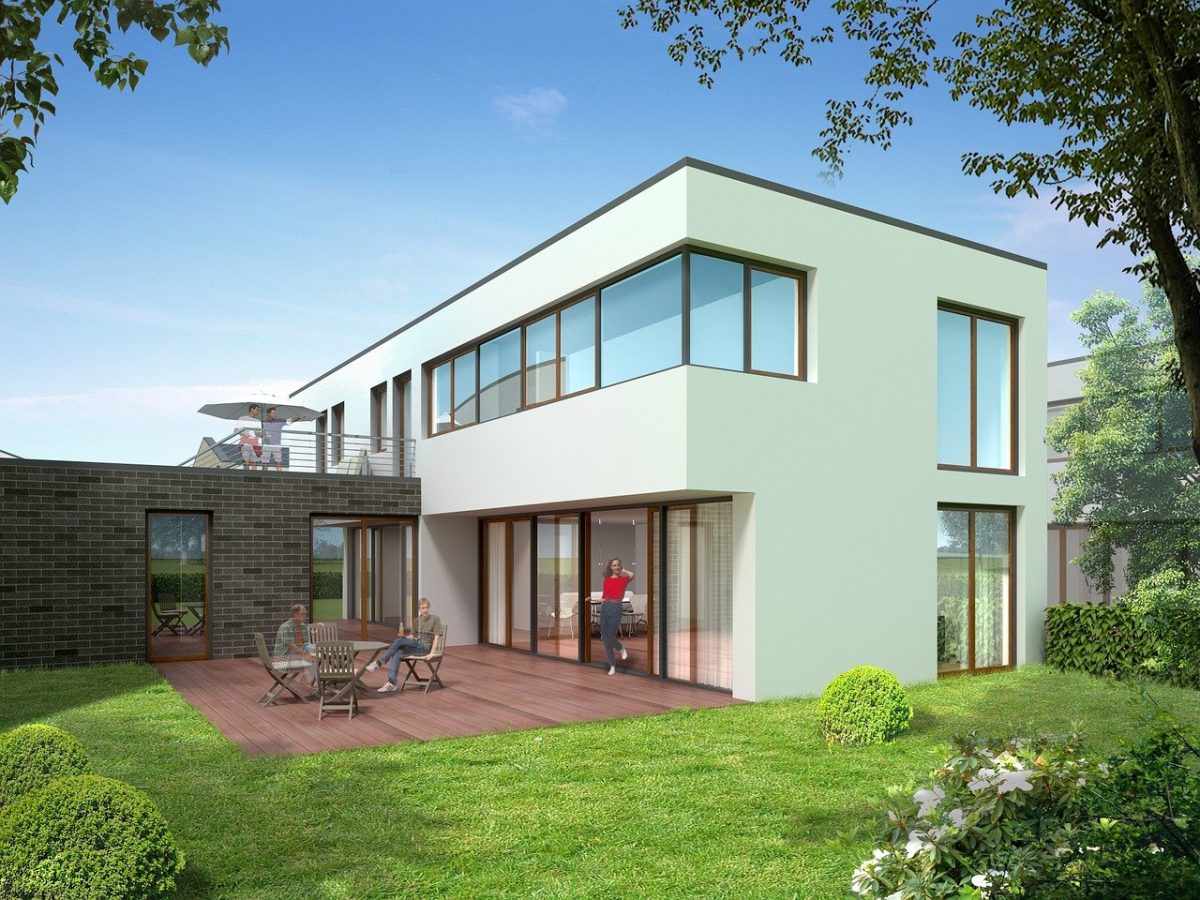What are Utilities in a Private House?
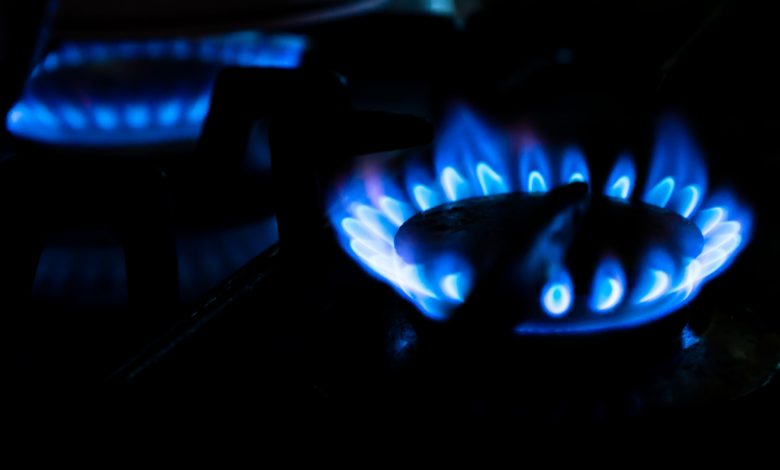
This is an umbrella term for the transmission lines through which the relevant types of services are supplied to the house. Typically, the utilities of a private house mean pipes and electrical wiring through which energy resources, gas, water are supplied, sewage and polluted air are discharged.
Communications can be of three types:
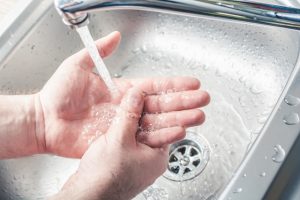
- Engineering communications for heat generation, water intake and ventilation are carried out without the participation of public and private companies
- Purchased from suppliers. The supply of gas and electricity and the removal of wastewater is carried out through communications laid from supply companies to the territory of a private household.
- You only receive permission, and the construction of communications in a private house is carried out on your own, without the participation of inspectors.
This division is arbitrary, but the essence of the problem is important here. For example, plumbing and sewerage for a private household can be either individual and independent of outside organizations, or included in the structure of some objects.
In the first case, the owners on the site and in the house lay utilities at their own discretion. Correctness of connection and compliance with requirements is not always monitored.
In the second, communications throughout the territory and inside a private house are laid with the permission and under the control of government services. Sometimes, as in the case of laying gas pipes, installation and startup of heating equipment, connection of external communications to a private home must be carried out by craftsmen who have permission to work and have a level of qualifications.
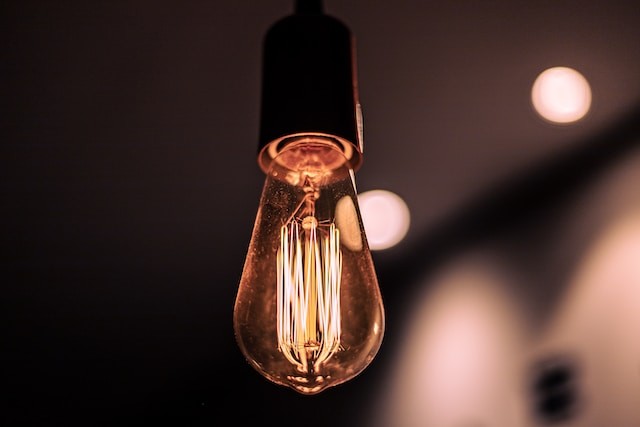
Subsequence
The total costs of installing communications for private houses are impressive. Therefore, they try to break the estimate into several stages when considering possible options. For private households, the following connection order is usually followed – plumber and electrician come first, then sewerage, heating, and gas are installing last.

